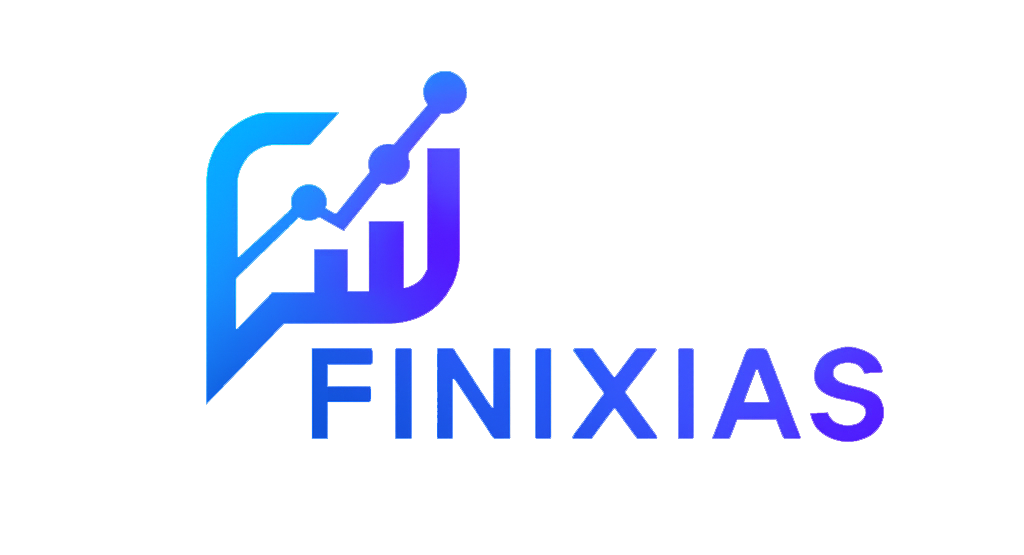Jamie Dimon on Inflation, Interest Rates, and Cryptocurrencies: Navigating Between Caution and Innovation
As financial markets hang on every word about U.S. monetary policy, Jamie Dimon, CEO of JPMorgan Chase, remains one of the most influential voices shaping the conversation. With inflation stubbornly holding near 3%—still too high for a swift interest rate cut—Dimon’s message is clear: price stability must come first. His cautious outlook highlights a major challenge for the Federal Reserve and investors alike: how to tame inflation without derailing growth, while also embracing the wave of financial innovation transforming the landscape.
Why Caution Still Rules the Day
Dimon’s call for patience isn’t unique. BlackRock, the world’s largest asset manager, shares his view that it’s too soon to loosen monetary policy. Yet, BlackRock remains open to the possibility of one or two rate cuts in 2025 if inflation shows signs of a lasting decline.
But not everyone sees it that way. Stephen Miran, a former U.S. Treasury advisor, argues for faster easing, warning that a prolonged tight policy could slow the economy too much and threaten jobs. This split reflects the tricky balancing act facing the Fed: act too cautiously and risk stalling growth, or move too quickly and risk reigniting inflation.
Meanwhile, Goldman Sachs has struck a more moderate tone. They point to the surprising resilience of the U.S. economy despite higher rates and advocate for gradual adjustments. They’re also keenly focused on new opportunities brought about by financial technology—especially stablecoins.

Stablecoins: Big Potential, Big Questions
Stablecoins—cryptocurrencies pegged to assets like the U.S. dollar—have surged in popularity, promising to revolutionize global payments and asset transfers. These digital currencies offer speed and convenience, making dollar transactions possible outside the traditional banking system.
Dimon acknowledges their utility. JPMorgan has even launched its own stablecoin, JPM Coin, designed for fast institutional transactions. But Dimon stresses that innovation must never come at the expense of stability. He calls for strong regulatory frameworks to prevent risks that could shake the entire financial system.
Goldman Sachs sees huge potential here, projecting that the stablecoin market could be worth trillions in the coming years. Christopher Waller, a Fed governor, believes stablecoins might even expand the international role of the dollar.
However, regulators remain cautious. They worry that a sudden loss of confidence in stablecoins could trigger a financial panic, destabilizing markets in a worst-case scenario.
Walking the Tightrope Between Innovation and Security
Dimon’s perspective reflects a broader challenge: the need to balance inflation control with embracing financial innovation. Monetary policy and new technologies like stablecoins are not separate issues—they’re intertwined. How the Fed manages rates affects trust in the system, while innovations reshape how money moves.
As a result, regulators and financial institutions are moving carefully—aiming to encourage innovation without exposing the system to excessive risk.
The Road Ahead: Finding Balance
So, what does this mean for the future of finance? It means global markets are navigating a complex path where caution and innovation must coexist. The goal isn’t to pick between strict monetary policy or exciting new technologies but to find the right balance—fueling economic growth while preserving stability.
Achieving this requires smart regulation, rigorous risk management, and collaboration between policymakers, banks, and innovators.
Ultimately, the future of finance will hinge on how well it manages these competing forces—persistent inflation pressures on one side, and rapidly evolving technologies on the other.
For investors and consumers alike, this means staying informed and adaptable. The financial landscape is shifting fast, and those who understand both the risks and opportunities will be best positioned to thrive.

